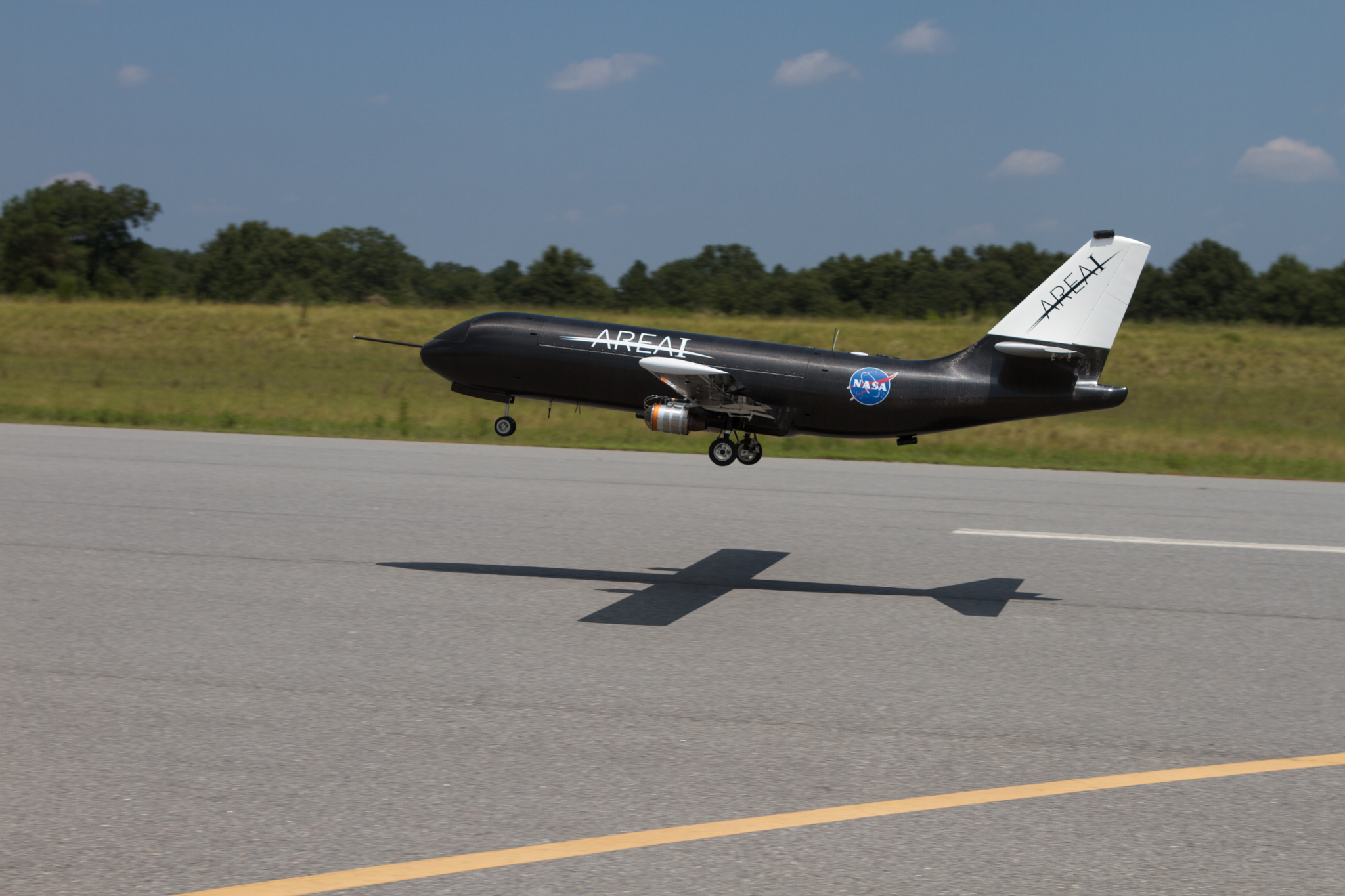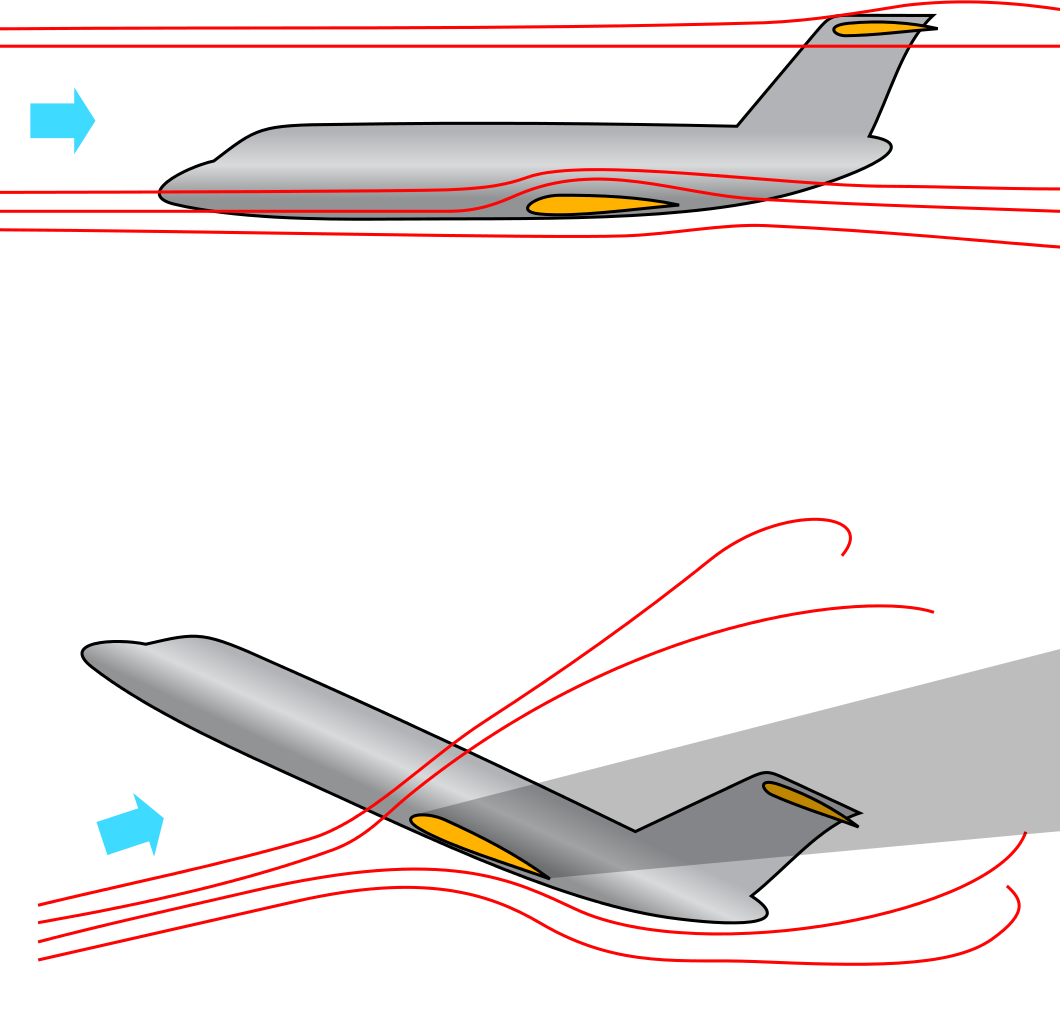Looking to make a plane that was able to take off and land at airports with shorter runways, in the mid-2000s NASA began experimenting with the circulation control wing concept.
Using increased amounts of high-pressure air over the leading and trailing edges of the wings, supplied either by the jet engines or separate compressors, aircraft using this technology have greater lift. That enables them to take off and land at a lower speed, permitting a shorter runway.
To test the innovation, Armstrong Flight Research Center put out a call in 2006 through the Small Business Innovation Research (SBIR) program for an unmanned, sub-scale test aircraft that could be equipped with such wings.
Kennesaw, Georgia-based Area-I Inc., which specializes in the development of autonomous aircraft, won the contract and delivered the aircraft to Armstrong in 2011.
One Plane to Rule Them All
Fortuitously, the aircraft that Area-I developed for NASA was highly adaptable. So when Armstrong put out a call for another research aircraft, this time a model akin to a medium-range, narrow-body, twinjet airliner, Area-I was awarded funding.

And when Langley Research Center solicited proposals for a sub-scale airplane with a T-tail empennage — a feature that gives aircraft more severe stall characteristics — with a rear-engine mount to improve stall recovery, Area-I applied for and received SBIR funding yet again.
The company won both contracts by reconfiguring its original NASA-funded, baseline aircraft, which it named the Prototype-Technology Evaluation Research Aircraft, or PTERA.
“The unforeseen genius of the aircraft was that we inadvertently designed a platform that was reconfigurable,” says Nick Alley, Area-I’s CEO. “We could, for a minimal amount of effort, … put a different type of wing on it or do a whole bunch of other things as needed.”

The model built for Armstrong is 10 percent the size of its commercial counterpart, while Langley’s plane, called the PTERA GMA-TT (for Generic Modular Aircraft T-Tail), is about 16 percent of the full-scale version. A PTERA model costs about $250,000, a fraction of the millions needed to buy other unmanned model aircraft.
“We could test a number of other wing innovations as well, along with assorted sensors and promising algorithms,” says Bruce Cogan, an aeronautical engineer at Armstrong. For instance, the PTERA model could be used for testing innovative wings made of new materials, including shape-memory alloys that can respond to temperature changes in order to reduce drag or maximize control.
Knocking Out the Gremlins
NASA isn’t the only agency interested in a reconfigurable test aircraft. Building on its fruitful work with the space agency, Area-I is developing unmanned aerial vehicle airframes for the U.S. Navy and Air Force and is also taking orders for PTERA aircraft from universities and companies.
Thanks to funding from Armstrong, the baseline PTERA aircraft was flown and tested over Georgia on three different occasions in 2014, allowing engineers to refine the controller architecture and flight software Alley had developed prior to the NASA contracts. As a result, he was able to work out some of the “gremlins,” as he calls them, which show up in early test flights of newly built aircraft.
The additional flight test time has given the company the opportunity to build a performance database of the baseline aircraft, so current and future users can compare that data with any modifications they’ve made to see whether the changes are having the intended impact.
“PTERA is sitting there with an open source flight computer so that you can go in and load up everything you need,” Alley says. “In a matter of a year you can be up and flying.”
To learn more about this NASA spinoff, read the original article from Spinoff 2016.
For more information on how NASA is bringing its technology down to Earth, visit http://technology.nasa.gov.


























